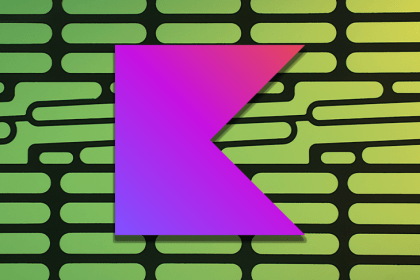
Learn how to apply machine learning in Android Studio to scan and extract text, as well as detect and locate objects in images.
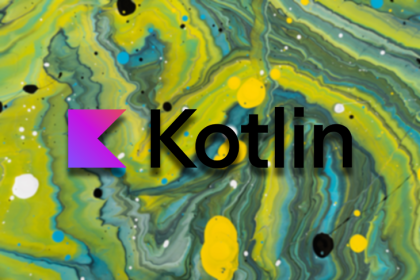
Learn how to reduce the size of your mobile app via code and resource shrinking using R8 and Proguard rules in Android.
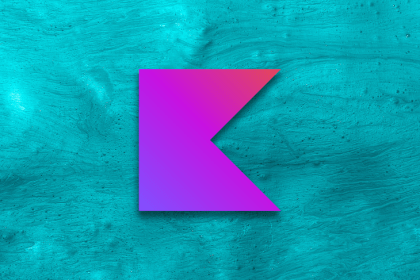
Explore Android’s intent filters, some common examples of them, and advanced ways of using them.
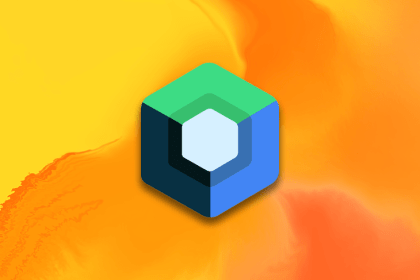
Learn about Jetpack Compose and its recomposition technique, which updates the UI when the user input changes.

Let’s explore how to use Android’s Kotlin Playground to test advanced coroutines and discuss some strategies to improve testing.
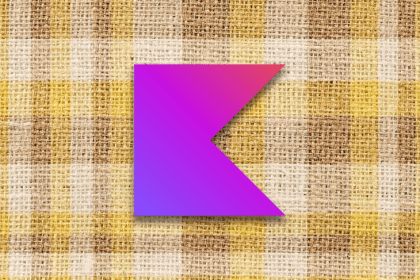
map(), flatMap(), and flatten()Explore the Kotlin’s extension functions, map(), flatMap(), and flatten() and how they address the need for efficient collection manipulation.
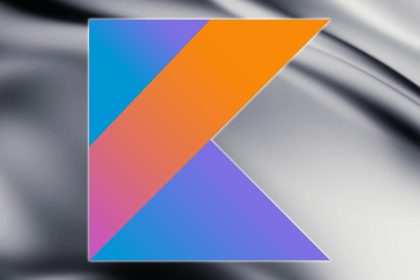
The bubble sort algorithm is simple to write, easy to understand, and requires only a few lines of code.
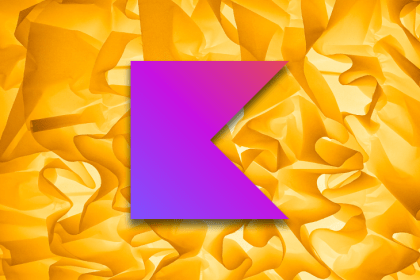
Build a geocaching app using Android’s fused location library, which continuously updates the location of a user on a map.
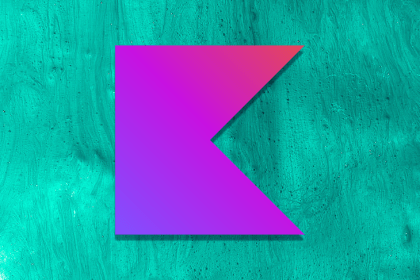
This comprehensive Android data storage guide investigates and offers solutions for using Kotlin’s SharedPreferences API.
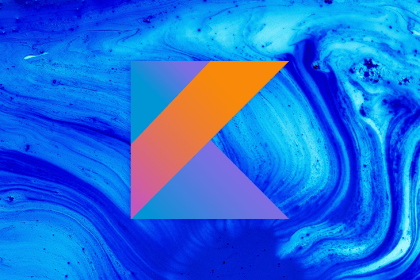
ArrayList vs. LinkedList for Kotlin data structureLet’s explore the main differences between ArrayList and LinkedList in Kotlin to figure out which data collection structure is best.
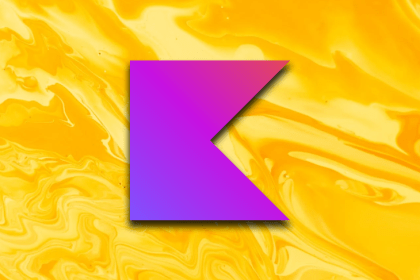
Understand data serialization in Kotlin, which allows you to convert your data into other compatible formats and share it with others.
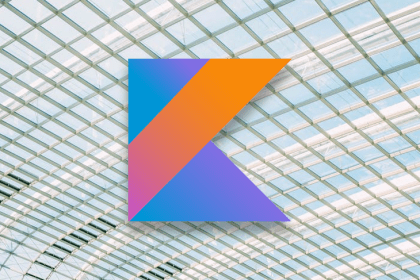
Learn about the two most popular dependency injection libraries for Modern Android Development: Dagger’s Hilt and Kotlin’s Koin.